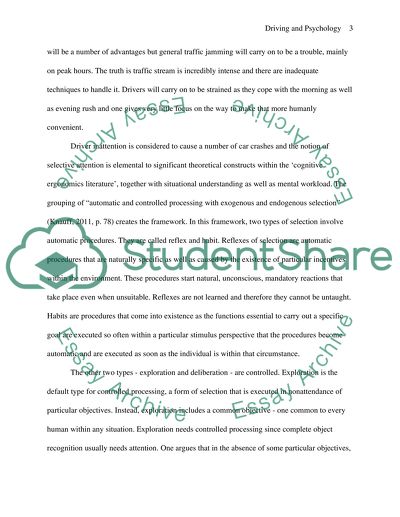Cite this document
(“Driving and Psychology Essay Example | Topics and Well Written Essays - 2000 words”, n.d.)
Retrieved de https://studentshare.org/psychology/1444314-driving-is-a-task-that-is-highly-dependent-on
Retrieved de https://studentshare.org/psychology/1444314-driving-is-a-task-that-is-highly-dependent-on
(Driving and Psychology Essay Example | Topics and Well Written Essays - 2000 Words)
https://studentshare.org/psychology/1444314-driving-is-a-task-that-is-highly-dependent-on.
https://studentshare.org/psychology/1444314-driving-is-a-task-that-is-highly-dependent-on.
“Driving and Psychology Essay Example | Topics and Well Written Essays - 2000 Words”, n.d. https://studentshare.org/psychology/1444314-driving-is-a-task-that-is-highly-dependent-on.


